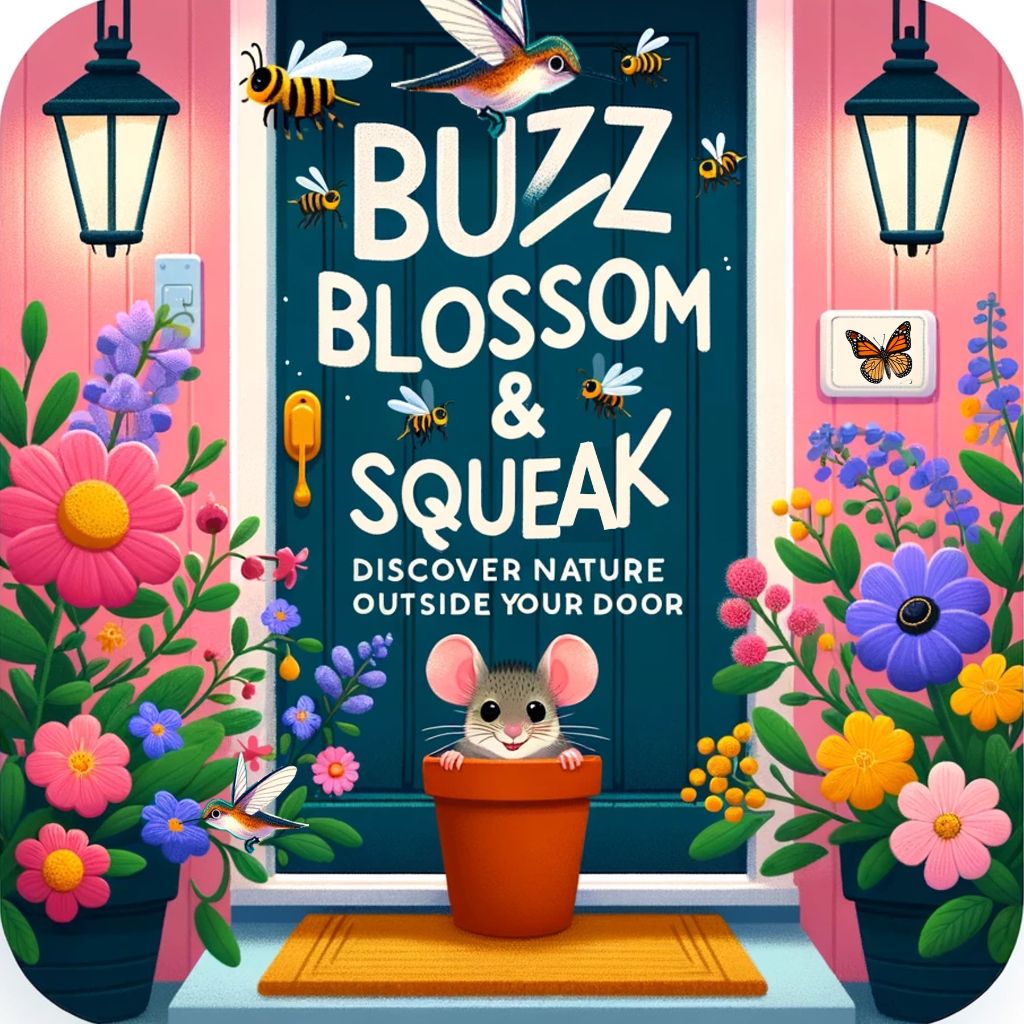We explore the lives of frogs, toads, and particularly, the charismatic spring peepers, exploring their unique traits, ecological roles, and the simple joys they bring to nature enthusiasts.
Frogs vs. Toads: Unraveling the Mystery
While frogs and toads are often lumped together in casual conversation, they exhibit distinct differences that fascinate scientists and nature lovers alike. Both belong to the Anura order but differ in habitat preferences, skin texture, and physical adaptations. Frogs generally have smooth, moist skin and are exceptional jumpers with their long, powerful hind legs, perfect for leaping from predators or into a cool body of water. Toads, on the other hand, have drier, bumpier skin and are more suited to terrestrial environments.
Despite these differences, both frogs and toads share a similar life cycle—starting as eggs laid in water, morphing into aquatic tadpoles, and finally transforming into lung-breathing adults. This remarkable transformation is not just a biological marvel but also a critical indicator of the health of their ecosystems.
The Spring Peeper: A Herald of Spring
Among the most captivating of all frog species are the spring peepers. Small in size but large in presence, these tiny amphibians are among the first signs of spring in many regions. Named for their loud and persistent peeping calls during the breeding season, spring peepers thrive in moist, wooded areas and are a joy to discover on a quiet night. Their resilience in cooler temperatures makes their chorus one of the first to grace the springtime air, often when patches of snow still dot the landscape.
Ecological Importance of Amphibians
Frogs, toads, and spring peepers play vital roles in their ecosystems. As both predators and prey, they help maintain balanced food webs. Their presence (or absence) provides valuable information about the health of the environment, as they are sensitive to changes in their aquatic and terrestrial habitats.
Observing These Fascinating Creatures
For those interested in experiencing the wonder of frogs and toads firsthand, consider visiting local ponds, lakes, or wetlands during the early evening hours. Spring and summer nights promise the melodious calls of these creatures. Equip yourself with a flashlight and a good guidebook—or an app that specializes in amphibian calls—to enhance your experience. Observing these creatures responsibly includes minimizing disturbances to their natural behaviors and habitats.
Conclusion
The world of frogs, toads, and spring peepers offers a window into the complexity of nature’s ecosystems. By appreciating and protecting these fascinating amphibians, we ensure that the symphony of croaks and peeps continues to echo through our forests and wetlands, reminding us of the intricate connections that sustain our natural world. So next time you hear a peep or a croak, remember, there’s a whole world waiting to be explored right in our backyards.

